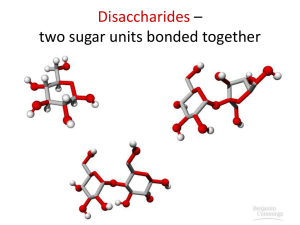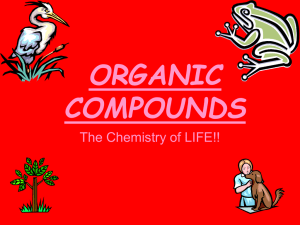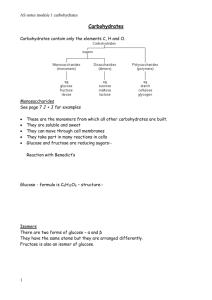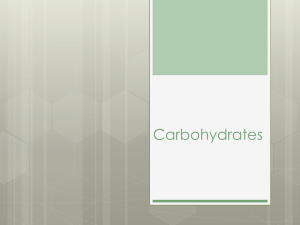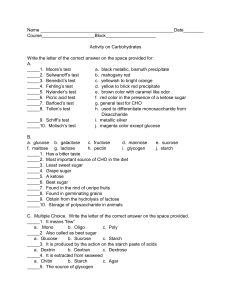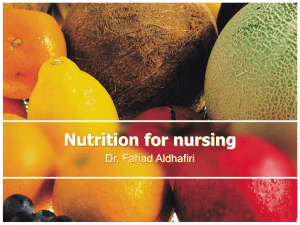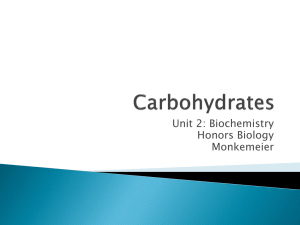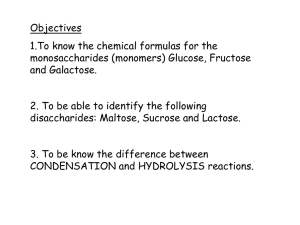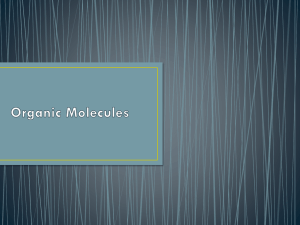Disaccharides (double sugars)
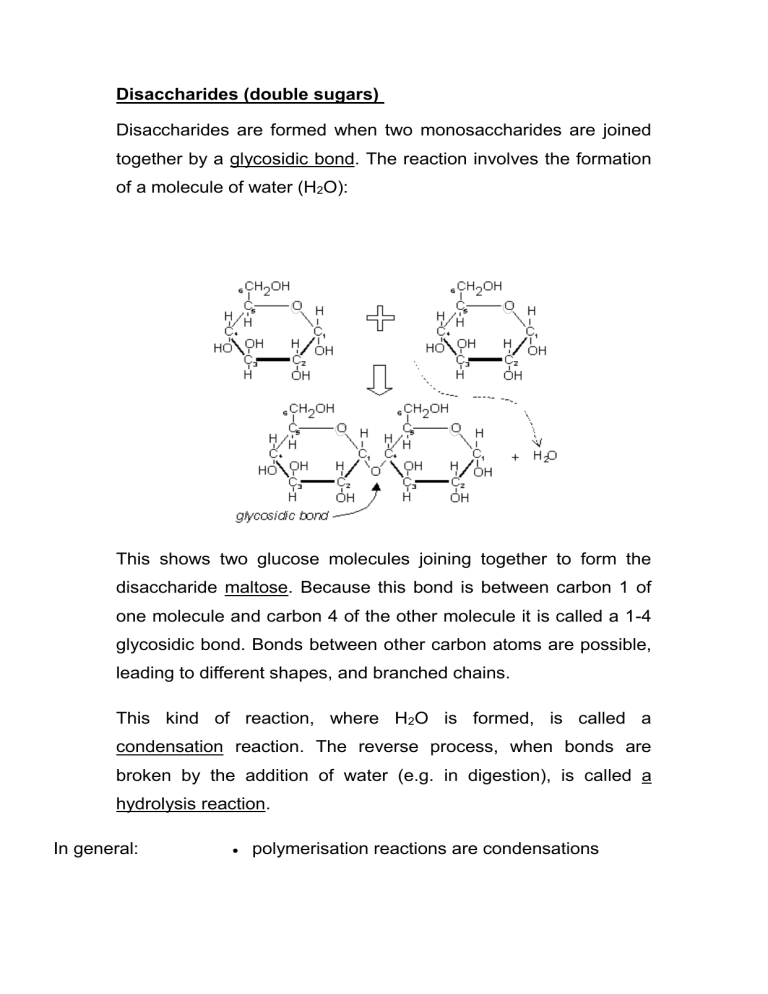
Disaccharides (double sugars)
Disaccharides are formed when two monosaccharides are joined together by a glycosidic bond. The reaction involves the formation of a molecule of water (H
2
O):
This shows two glucose molecules joining together to form the disaccharide maltose. Because this bond is between carbon 1 of one molecule and carbon 4 of the other molecule it is called a 1-4 glycosidic bond. Bonds between other carbon atoms are possible, leading to different shapes, and branched chains.
This kind of reaction, where H
2
O is formed, is called a condensation reaction. The reverse process, when bonds are broken by the addition of water (e.g. in digestion), is called a hydrolysis reaction.
In general: polymerisation reactions are condensations
breakdown reactions are hydrolyses
There are three common disaccharides:
Maltose (or malt sugar) is glucose 1-4 glucose. It is formed on digestion of starch by amylase, because this enzyme breaks starch down into two-glucose units. Brewing beer starts with malt, which is a maltose solution made from germinated barley. Maltose is the structure shown above.
Sucrose (or cane sugar) is glucose 1-2 fructose. It is common in plants because it is less reactive than glucose, and it is their main transport sugar. It is the common table sugar that you put in your tea.
Lactose (or milk sugar) is galactose 1-4 glucose. It is found only in mammalian milk, and is the main source of energy for infant mammals
